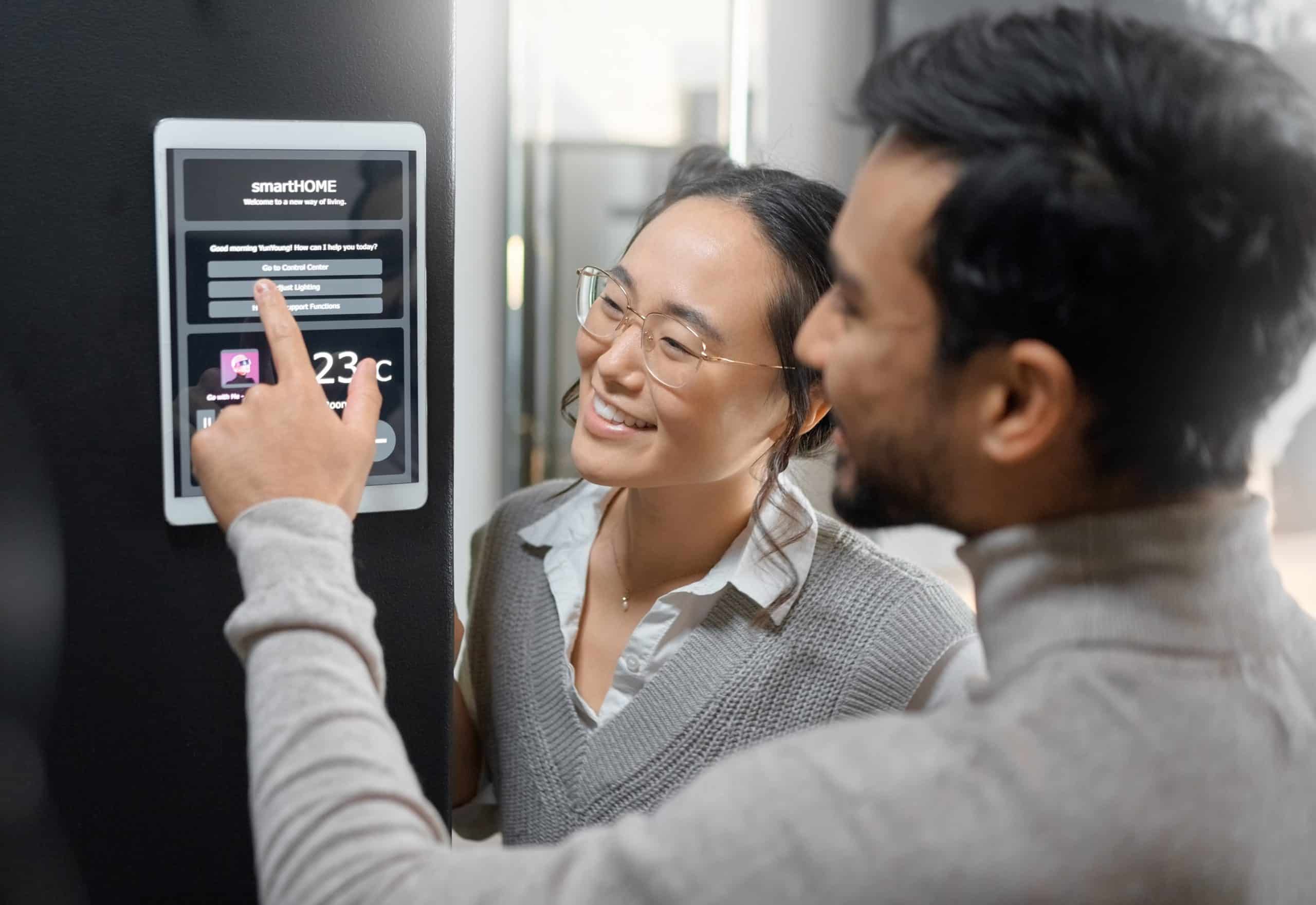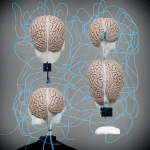Drones have transformed from novelty items into tools of vital importance. Used in sectors ranging from agriculture to disaster management, the value and increasing prevalence of drones make them targets for theft. As with any valuable property, it’s essential to take appropriate measures to protect your drone against potential threats. But what are the most effective anti-theft technologies for drones? Here, we explore the answer in detail.
GPS Tracking Systems: An Essential Tool for Drone Security
GPS tracking systems are one of the most effective anti-theft measures for drones. They offer real-time location information that can be crucial in recovering a lost or stolen drone. But how exactly does this technology work?
Sujet a lire : What Is the Potential for Solar-Powered Recreational Drones?
GPS stands for Global Positioning System. It’s a network of satellites that orbit the Earth, providing precise location data to devices equipped with a GPS receiver. When your drone is equipped with a GPS system, it can constantly send back its exact location. This allows you to track the drone’s movements and pinpoint its location at any given time.
But GPS tracking systems aren’t just about tracking a drone’s location. They can also provide other valuable data, such as flight paths and altitude, which can be crucial in determining whether your drone has been stolen or merely lost.
Avez-vous vu cela : How Is 3D Printing Technology Influencing Drone Design?
Furthermore, some GPS systems come with a ‘geo-fencing’ feature. This allows you to set a specified area within which your drone is allowed to fly. If the drone goes beyond this area, you’ll receive an alert. This can serve as an early warning system of potential theft.
Access Control Systems: A Line of Defence Against Unauthorized Use
Access control systems provide another layer of security for drones. These systems regulate who can and can’t use the drone, preventing unauthorized use which can lead to theft.
One of the most common forms of access control systems in drones is password protection. This requires a user to enter a password before they can operate the drone.
Biometric security measures are another form of access control. These can include fingerprint recognition or facial recognition technology. While these technologies may seem futuristic, they are becoming increasingly common in drones.
Another form of access control is two-factor authentication. This requires a user to provide two separate pieces of evidence to verify their identity, such as a password and a fingerprint. This method significantly increases the difficulty for a potential thief to access and operate the drone.
Drone Surveillance Systems: A Watchful Eye in the Sky
Drone surveillance systems can be a powerful tool in the fight against drone theft. These systems use the drone’s onboard camera and other sensors to monitor the drone and its surroundings for any unusual activity.
Surveillance systems can be set up to trigger alerts if they detect certain events, such as the drone being moved without authorization. Some systems can even be programmed to take specific actions in response to these events, such as returning the drone to a pre-set home point or even disabling the drone entirely.
These surveillance systems can also record footage of any potential thieves, which can be invaluable evidence if the drone is stolen.
Anti-Theft Alarm Systems: A Deterrent to Potential Thieves
An anti-theft alarm system can act as both a deterrent and an alert mechanism. These systems can be triggered by a variety of events, such as the drone being moved without authorization or the drone’s access control system being tampered with.
When the alarm is triggered, it will typically make a loud noise and flash bright lights, drawing attention to the drone and potentially scaring off a would-be thief. Some systems can also send an alert to your phone or other device, letting you know immediately that something is wrong.
The effectiveness of an anti-theft alarm system depends largely on its visibility and audibility. A thief is less likely to target a drone if they know that it’s protected by an alarm system.
Data Encryption: Protecting Your Drone’s Data From Thieves
While physical theft is a concern, the theft of your drone’s data is an equally significant threat. Data encryption is thus a vital tool in protecting your drone’s data from would-be thieves.
Data encryption involves encoding your drone’s data so that it can only be accessed with the correct decryption key. This means that even if a thief manages to steal your drone, they won’t be able to access its data without this key.
Encryption technology is constantly evolving, but it’s essential to use the most robust encryption methods available to ensure your data is as secure as possible. This can include technologies like Advanced Encryption Standard (AES) or Public Key Infrastructure (PKI), which provide a high level of security for your data.
Remember, the best approach to drone security is a layered one. Using a combination of these technologies will provide the most comprehensive protection against theft.
Drone Identification Systems: A Barrier Against Drone Theft
Drone identification systems are becoming an increasingly popular security measure, providing another layer of defense against drone theft. These systems can help identify a stolen drone and can even aid law enforcement in their investigations. Various technologies can be employed within this system, including serial number encoding and machine learning algorithms.
Every drone has a unique serial number. It is like an identity card for the drone. When a drone is manufactured, this serial number is etched into its components. If a drone is stolen and then discovered, the serial number can be used to trace it back to its owner. Many manufacturers are now encoding these serial numbers in such a way that they are nearly impossible to remove, making it even more difficult for thieves to sell stolen drones.
Machine learning technology is another effective tool within drone identification systems. Machine learning algorithms can analyze the drone’s flight patterns, the places it usually operates in, and other specific behaviors. This data can be used to differentiate a drone from others and help identify it if it’s stolen.
Aside from these, incorporating radio frequency identification (RFID) tags is also an innovative approach. These tags can be detected by RFID scanners or base stations, providing another method for tracking and identifying a stolen drone. Especially when used in conjunction with GPS tracking, this can be very effective.
Additionally, in the United States, drone registration is becoming mandatory under federal law. The registration number acts as an additional identifier, further enhancing the drone’s security.
Counter UAS Technologies: An Emerging Anti-Theft Solution
Counter Unmanned Aerial System (Counter UAS) technology is an emerging field that holds great promise in the fight against drone theft. This technology has been developed to detect, track, and potentially neutralize unauthorized or rogue drones.
Counter UAS systems typically involve a combination of radar detection, electro-optical tracking, and radio frequency jamming. The system detects any drones entering a designated area, follows their flight path using high-resolution cameras, and if necessary, jams the drone’s control signals to prevent it from flying further or even to force it to land.
Many Counter UAS systems also include machine learning technology. This allows the system to learn from past detections and improve its ability to detect and respond to potential security threats.
While Counter UAS technology is still in its early stages, its potential to enhance drone security is clear. In the future, it could form a key part of comprehensive drone anti-theft measures, providing both a deterrent against theft and a means of tracking and recovering stolen drones.
Conclusion: Layered Security Measures are the Key to Preventing Drone Theft
In conclusion, the best approach to preventing drone theft involves using a combination of available security measures. GPS tracking, access control systems, drone surveillance systems, anti-theft alarm systems, data encryption, drone identification systems, and emerging technologies like Counter UAS all have a role to play.
A layered approach to drone security is most effective. It deters potential thieves and provides a range of tools for tracking and recovering a stolen drone. It’s also worth bearing in mind that drone security is not just about preventing physical theft. Protecting the data your drone collects is equally important, and robust data encryption methods should always be part of your security strategy.
In the rapidly evolving field of drone technology, staying ahead of potential threats is crucial. By understanding and employing the most effective anti-theft technologies, you can ensure your drone remains secure, enabling you to reap the many benefits that drones can offer.











